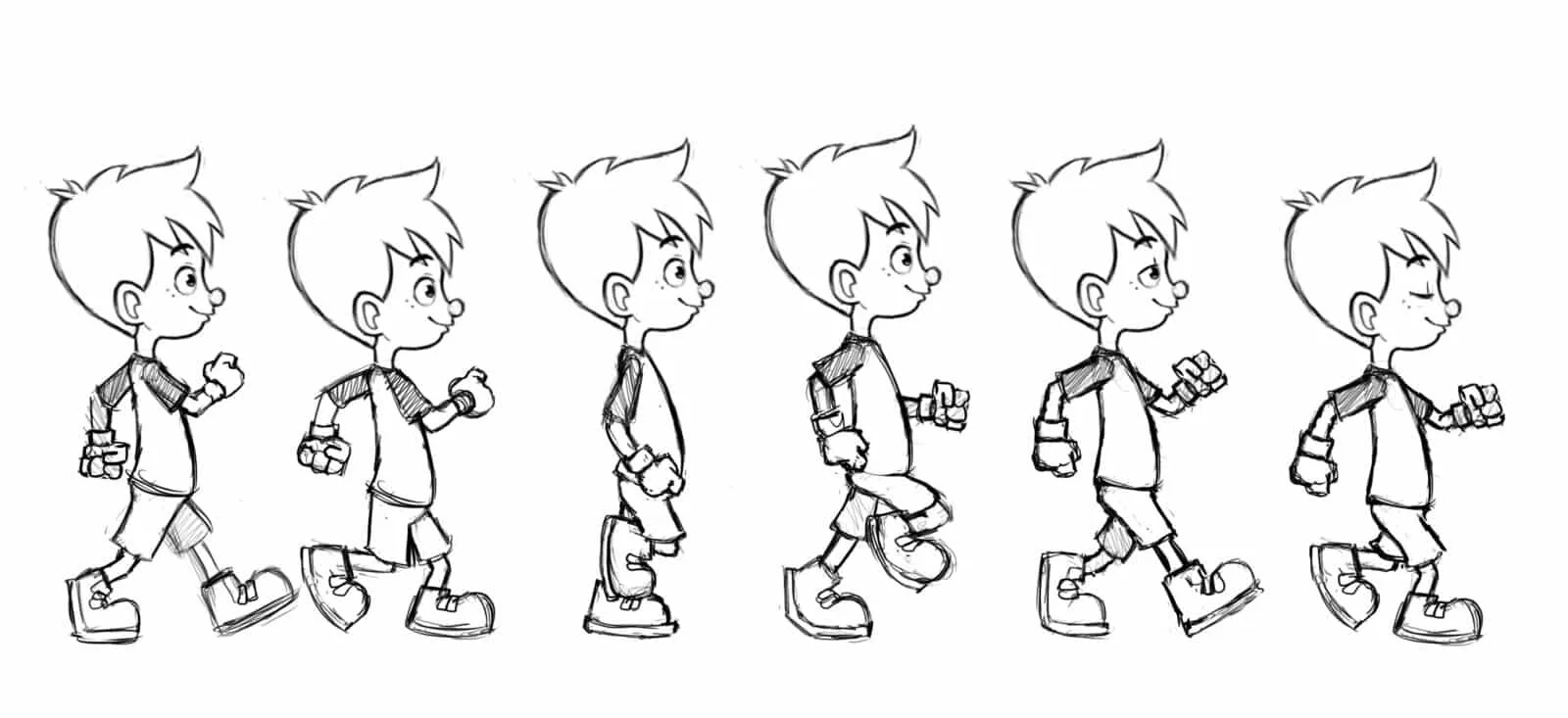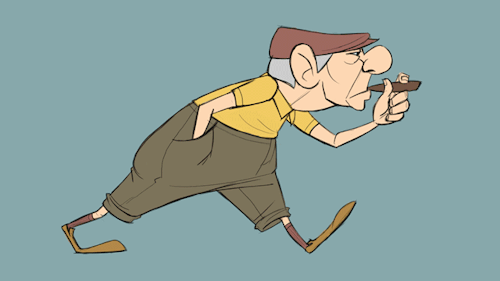Hand Drawn 2D Animation
Traditional animation usually refers to animation hand-drawn on paper. It was the process used for most of the productions throughout the 20th century.
An animator draws the characters, layout and backgrounds on paper. Each drawing in the animation would be slightly different than the one before it and the one following it, creating the illusion of movement when everything is put onto film.
Once all the animation has been drawn on paper, it is then photocopied or retraced onto transparent acetate sheets, called cells. After the line art is transferred onto the cels, paint is applied to the images, using a color chart that is pre-determined for each character or element of the movie. Cells were essential to drawn animation since it freed up the animator from having to draw every element in the film on one single layer of paper. Instead, by using cels, each element had its own layer and could be animated separately.
With today's technology, this traditional animation technique of using cells to color animation drawings is outdated. It is now possible to hand-draw animation, then scan the drawings to color them digitally using computer software such as Harmony. So, contemporary animation has become a mix of traditional and digital techniques.


